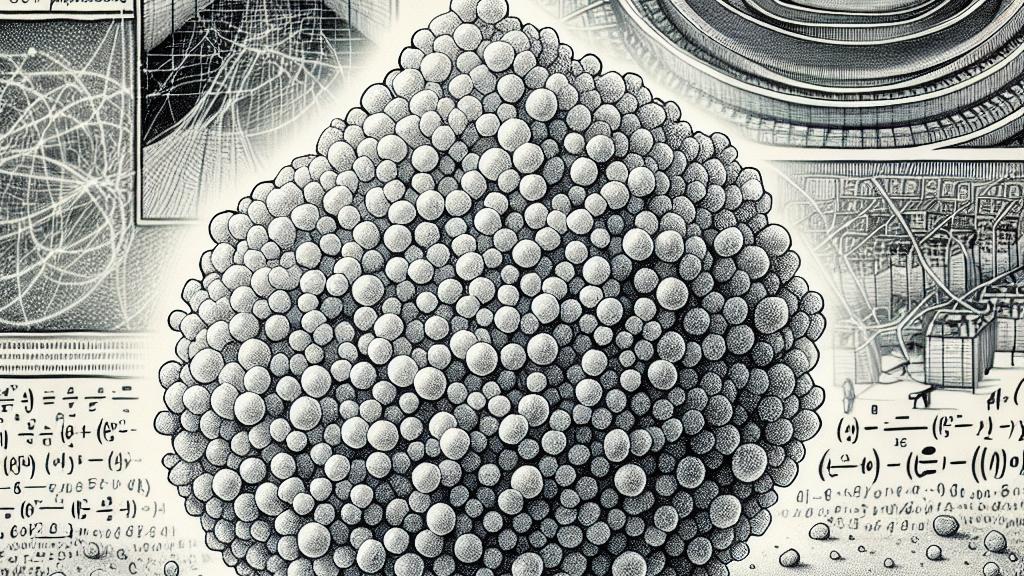New Technique Uses Crystal Defects to Create Super Storage for Computers
Overview
- Groundbreaking research at the University of Chicago reveals how crystal defects can revolutionize data storage.
- Visualize having terabytes of data packed into a cube the size of a millimeter—unbelievable yet possible!
- This innovative method artfully blends classical memory techniques with quantum principles, shaping a new tech future.

Revolutionizing Data Storage
In the bustling realm of scientific discovery in the United States, researchers at the University of Chicago are exploring uncharted territory in data storage technology. Traditionally, our storage methods have faced constraints that seem insurmountable, particularly as our digital demands skyrocket. However, this pioneering team has uncovered a compelling solution: using tiny defects in crystals, each one no larger than a single atom! Just imagine this remarkable concept; a storage device no bigger than a grain of salt could hold terabytes of information—more than enough to fit thousands of movies or songs in a pocket-sized cube. It is an astonishing idea that promises to shift our entire perspective of data storage!
How It Works
So, how does this extraordinary process actually work? The researchers employ a method that creates memory cells by deliberately introducing tiny ‘missing atoms’ into a crystal lattice. Each defect acts like a micro-switch, representing binary values—'1' or '0'—just like your computer hard drive. When ultraviolet light shines on these crystals, researchers can manipulate and read the data stored within, akin to turning on a flashlight in a dark room and bringing secret treasures into view. Think of the implications: not only can they store data more efficiently, but this approach opens a dazzling array of possibilities in the realm of data accessibility and retrieval.
Applications and Impact
Now, let’s dive into the vast implications of this groundbreaking technology! Beyond expanding storage capacity, this innovation could revolutionize many sectors. For example, in the healthcare industry, improved radiation monitoring systems could ensure healthcare professionals' safety, allowing for precise tracking of exposure, thereby greatly enhancing overall workplace safety. Beyond healthcare, the rippling effects of this technology could foster the emergence of incredibly fast computers, capable of processing vast data sets at lightning speed—think artificial intelligence or even the smart devices of tomorrow that learn and adapt to our needs. With this quantum-inspired approach, we could unlock an exciting future where technology not only meets but exceeds our expectations. It’s not merely a step forward in technology; it’s a colossal leap into a future filled with endless possibilities, where problems we once deemed impossible can now be addressed with ease!

Loading...